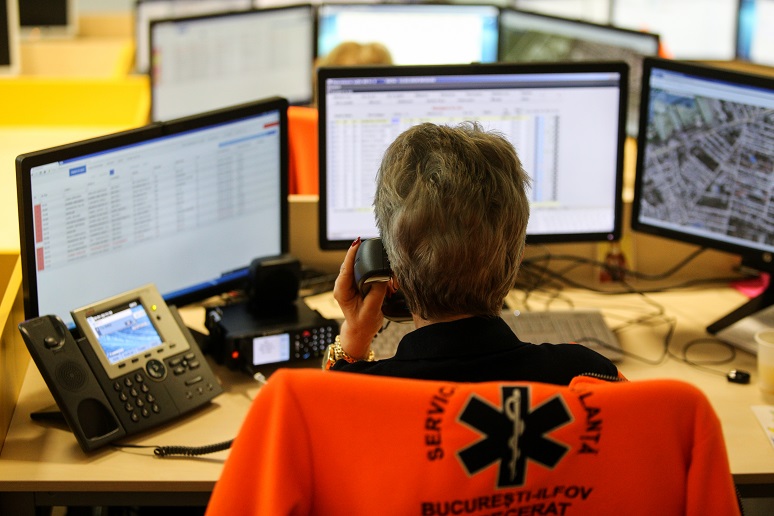Those responsible for managing their organization’s E911 strategy face the following new challenges:
- The shift to remote and hybrid work means that employees are largely no longer working from a fixed location.
- The increase in the adoption of softphones changes the way individuals make calls, potentially creating more difficulty in reaching a 911 operator, especially for home-based employees.
- Employees are more reliant on their mobile devices for making phone calls than ever before.
- On-premises PBXs are rapidly going away as organizations increase their use of UCaaS.
- UCaaS, coupled with bring-your-own-carrier for PSTN connectivity, adds additional management complexity in ensuring 911 call routing and location management.
At the same time, two new regulations I
previously discussed, including Kari’s Law and RAY BAUM’S Act, have taken effect. These regulations are creating requirements for IT leaders to ensure compliance for new phone system deployments, including the need to enable direct-dial to 911 without requiring a prefix, notifications of 911 calls to appropriate security personnel, and the ability to transmit dispatchable location information to public safety answering points.
Fundamentally, the requirements for a successful 911 strategy remain the same as always: route 911 calls to the correct public-safety answering point (PSAP) with accurate caller location information. But these new regulations also require compliance with capabilities, including 911 call notification.
The twin challenges of a rapidly changing work environment, coupled with new regulations, raises significant questions, including:
- What level of granularity is necessary to meet the “dispatchable location” requirement?
- How do strategies for grouping extensions based on physical location into an emergency response location (ERL) change due to softphones and hybrid workers?
- What are the requirements to support 911 calling by employees within an office using their personal mobile devices?
- How to track user location in real-time and ensure the proper delivery of 911 calls to the proper PSAP for both at home and in-office employees?
- What are the requirements to support 911 dialing for remote employees, potentially at home but who dial 911 via enterprise-provide calling platforms?
- How to integrate 911 calling into overall incident management and response plans and systems?
- How to take advantage of Next Generation 9-1-1 to improve location management and to enable transmission of additional information to public safety answering points
IT leaders responsible for communications strategy and compliance must answer each of these questions, especially as they migrate to new platforms and services and often transition away from desktop phones for some employees.
Today, Metrigy’s research shows that most companies use a mix of approaches for managing E911 location information and call routing, with 29% using only what’s available from their calling provider. The rest rely on managed service providers (MSP), a SIP trunking provider, a third-party management provider, or not having a clear understanding of how E911 is getting managed.
Third-party platforms from vendors like 911Inform, Intrado, and RedSky can automate location management while also integrating with emergency and incident response systems. In addition, on-premises and cloud providers offer their own 911 location and call routing management capabilities. SIP trunking providers, including Bandwidth and Intrado, offer integration with UCaaS partners to deliver location and call routing management.
I invite you to join my session “Meeting E911 Requirements in the Age of Hybrid Work” at Enterprise Connect on Wednesday, Sept. 29. I’ll address E911 challenges and how to solve them with our expert panelists Mark Fletcher, VP Public Safety Solutions, 911 Inform LLC, Tricia McConnell, Director of Product Marketing, Bandwidth, Josh Burch, Director of Product, Intrado, and Martha Buyer, Attorney, Law Offices of Martha Buyer, PLLC.
Join us in Orlando, Fla., this September for Enterprise Connect 2021, and get caught up on more UCaaS and other industry trends. As a No Jitter reader, register with the promo code NJAL200 to save $200 off the current rate.












